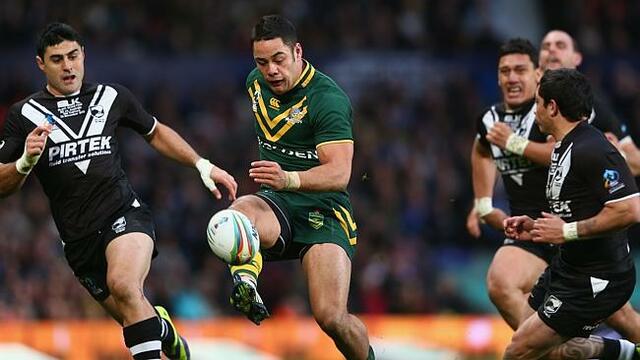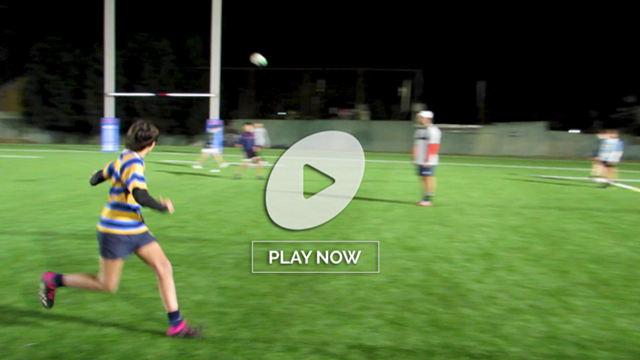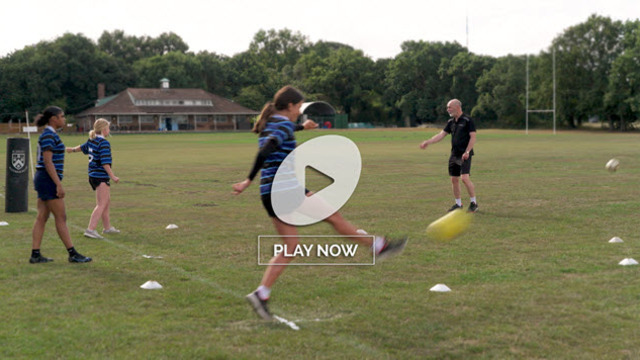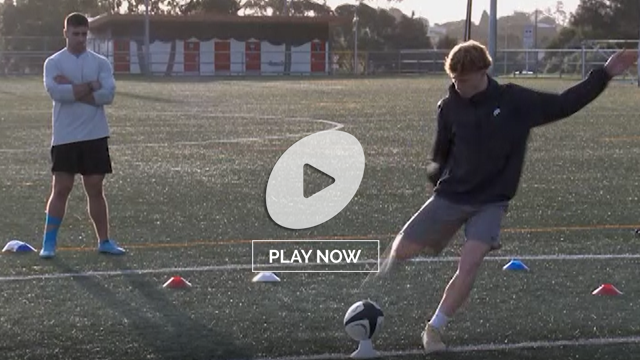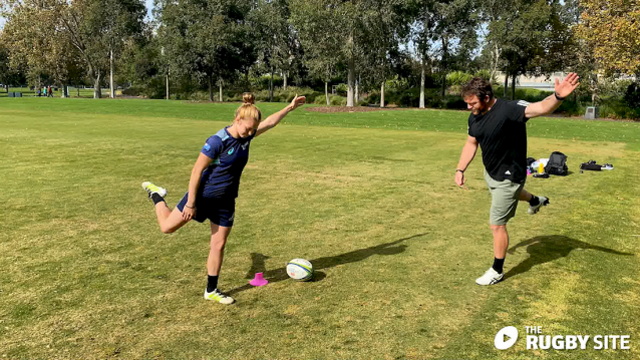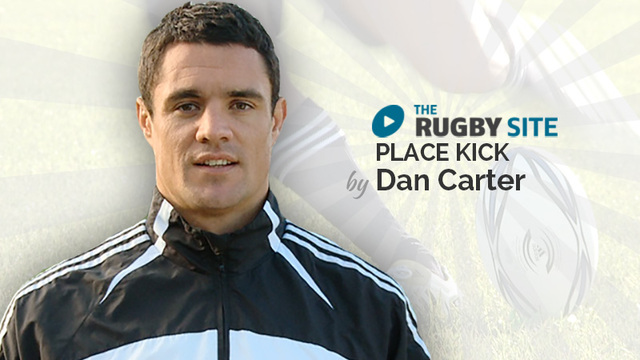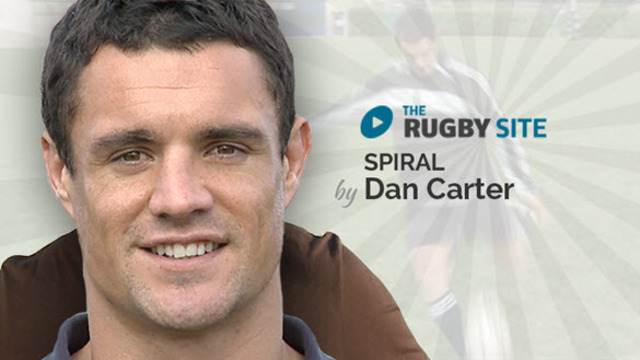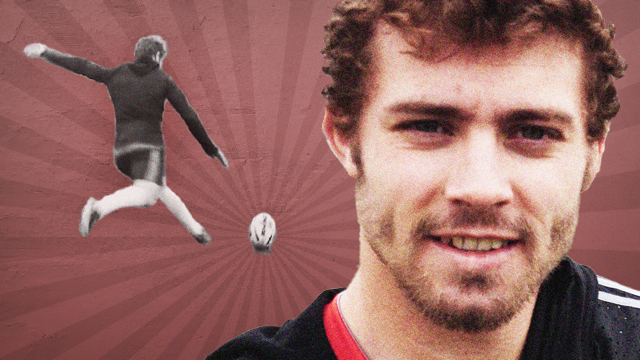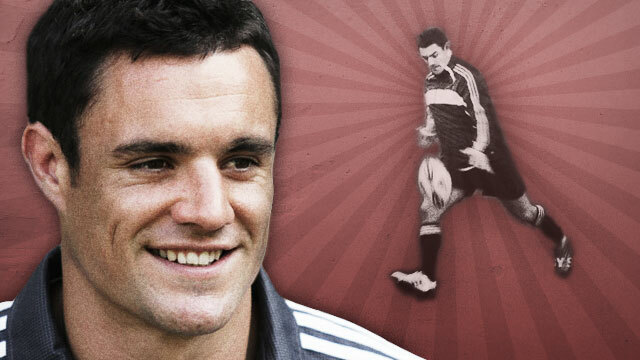The All Blacks usually learn quicker than the others. They learned from the 71 Lions, they learned from their own World Cup mistakes, they learned from the innovations of Sir Clive Woodward and now they are learning from rugby league. No, I am not talking about defensive patterns and round the back runners and all the other jiggery pokery that union has adopted from league, I am talking about something as simple as the kick.
Watching the rugby league World Cup final at the weekend was an education in how to kick the oval ball. Australia’s opening try was a masterclass in execution and deception. The Kiwis knew a kick was likely to be coming on the final tackle but in the end they were unable to defend it.
Watch in depth kicking masterclasses with Leigh Halfpenny & Dan Carter
Australia knew that man for man they had a height advantage over New Zealand, so their aim was to produce a mismatch somewhere on the field. New Zealand concentrated on the fringes where the kick is habitually aimed, but full back Billy Slater was lined up on Kieran Foran further infield. Jonathan Thurston’s kick was perfectly weighted to allow Slater to get there and jump, but was not so high that any Kiwis could scramble across and help out.
The Kangaroos broke New Zealand with the brilliance of the kicking game. Just before that try they had regained possession through Cameron Smith’s perfectly judged left foot kick back across the grain. Just after the Slater try Cooper Cronk’s high kick was won in the air and Jarryd Hayne regathered and hooked the ball back infield with his right foot for what everyone in the stadium, bar the video ref, thought was a legitimate try.
It seems almost everyone in the Australia side can kick. A week before the commentator had amusingly observed of England’s James Graham, “He has every kick in the book – none of them are any good, but he has every kick in the book”. But these Aussies really do seem to have every kick in the book.
Australia’s second try came when wing Darius Boyd nudged a little grubber infield to wrong foot the covering triangle of New Zealand defenders. Scruffy-looking or not, Boyd put it in the one place to induce panic, and he did it off the outside of his right foot. It was not fluky.
In the second half Morris on the other wing chipped ahead, but just enough infield, to set up the fourth try. Hayne again showed his footballing skills by volleying the ball ahead with a certain touch, rather than a wild hack.
These skills are not accidental. They take hours and hours, days and days, weeks and weeks of practice. Over the past five years the All Blacks have developed their kicking game like no other side in the world. Look at how much Ma’a Nonu has improved in this regard.
It helped them back into the match against Ireland. Aaron Cruden identified the space in behind Ireland’s defence, Julian Savea was aware of the angle he needed to run, and the pair combined for the try.
Ireland will be embarrassed that there was an uncovered 20 metre square of turf. Rob Kearney, especially, who was still puffing, and Conor Murray will be embarrassed that they were supposed to be sweeping and yet were 5 metres apart, when the full back should have been much wider.
But it was typical of New Zealand to exploit the lapse. It was typical but Cruden still had to have the touch to execute. That is practice.
We all know about the cross kick. That has been going on for years. Australia scored their try in the 2003 final by isolating Jason Robinson on the wing. But New Zealand have been developing more and more range to their attacking kicking of the sort we saw in the rugby league final.
In this regard the northern hemisphere is still in the dark ages. Even south of the equator, Morne Steyn does not tend to think outside his box. And Australia, because of the sheer amount of personnel who have passed through their midfield turnstiles in recent years, have not emulated their league brothers as you might expect. Familiarity is the bedrock of practice on which a good kicking game is based.
No, once again New Zealand are ahead of the game. Dan Carter is a master at several kicks. Cruden and the Chiefs are developing a large repertoire. Beauden Barrett and the Hurricanes are exploring more options.
Any attacking coach should watch the rugby league World Cup final. It is a masterclass in the attacking kick.
Watch Highlights here…
